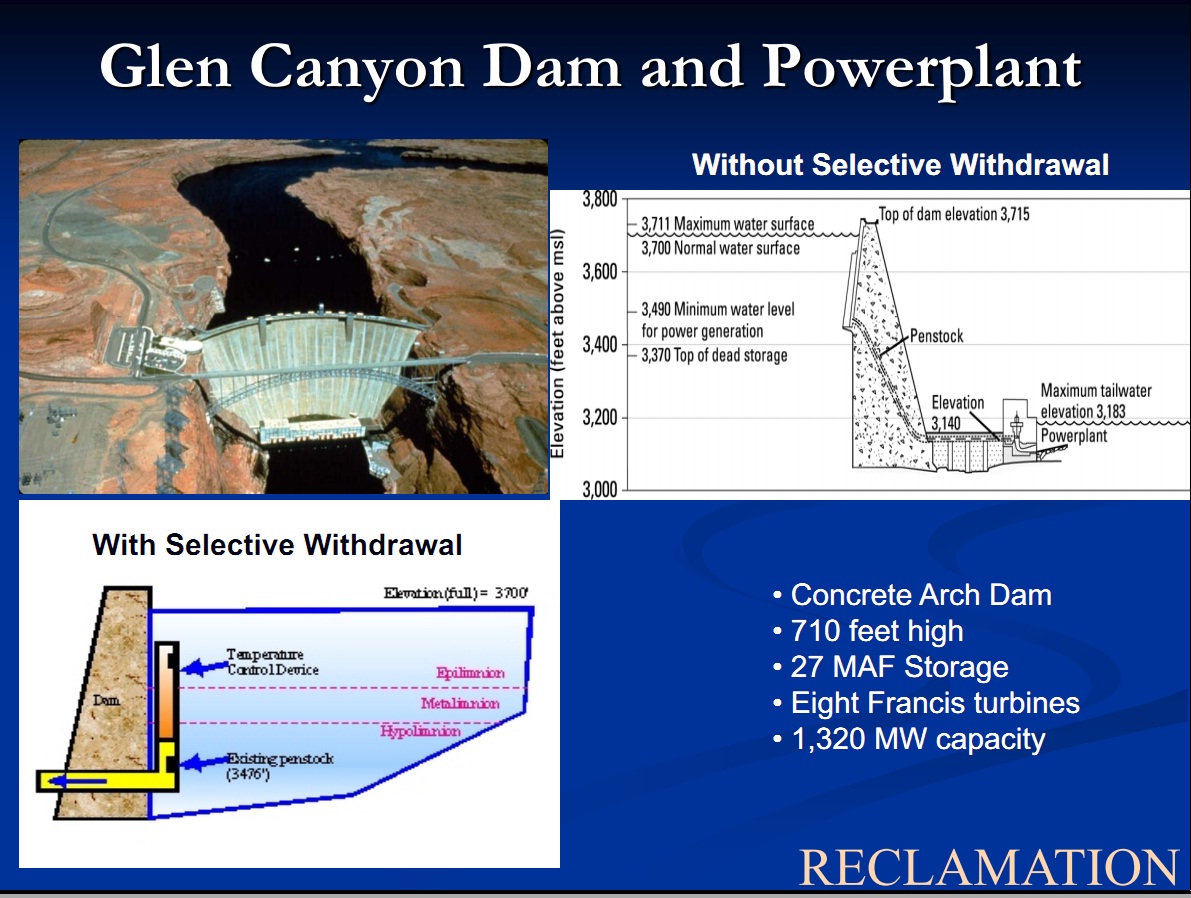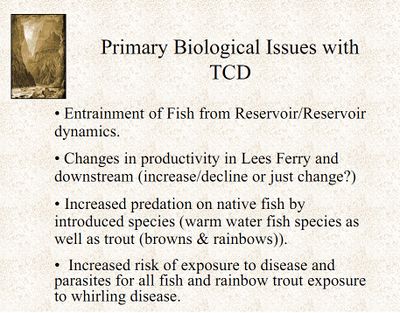Difference between revisions of "TCD Learning Page"
Cellsworth (Talk | contribs) |
Cellsworth (Talk | contribs) |
||
| Line 102: | Line 102: | ||
'''2018''' | '''2018''' | ||
| − | *[https://www.usbr.gov/uc/ | + | *[https://www.usbr.gov/uc/progact/amp/twg/2018-10-10-twg-meeting/Attach_01.pdf Temperature Control Device Update PPT] |
*[https://www.usbr.gov/uc/progact/amp/amwg/2018-08-22-amwg-meeting/Attach_03_rev.pdf Temperature Control Device Update PPT] | *[https://www.usbr.gov/uc/progact/amp/amwg/2018-08-22-amwg-meeting/Attach_03_rev.pdf Temperature Control Device Update PPT] | ||
| − | *[https://www.usbr.gov/uc/ | + | *[https://www.usbr.gov/uc/progact/amp/twg/2018-04-23-twg-meeting/Attach_13.pdf The 21st Century Colorado River Hot Drought and Implications for the Future PPT] |
'''Older presentations''' | '''Older presentations''' | ||
| − | *[ | + | *[https://www.usbr.gov/uc/progact/amp/amwg/2010-08-24-amwg-meeting/Attach_12a.pdf 100824_AMWG Meeting- Attachment 12.a] |
| − | *[ | + | *[https://www.usbr.gov/uc/progact/amp/amwg/2001-04-12-amwg-meeting/Attach_08a.pdf TCD PowerPoint Presentation_April 2001 AMWG] |
| − | *[ | + | *[https://www.usbr.gov/uc/progact/amp/amwg/2001-04-12-amwg-meeting/Attach_08b.pdf TCD Summary_April 2001 AMWG] |
| − | *[ | + | *[https://www.usbr.gov/uc/progact/amp/amwg/2001-01-11-amwg-meeting/Attach_20.pdf TCD Workshop Update - PowerPoint Presentation_Jan 2001 AMWG] |
| − | *[ | + | *[https://www.usbr.gov/uc/progact/amp/amwg/2000-01-20-amwg-meeting/Attach_13.pdf TCD Monitoring Presentation_Jan 2000 AMWG] |
| − | *[ | + | *[https://www.usbr.gov/uc/progact/amp/amwg/1997-09-10-amwg-meeting/Attach_10.pdf Temperature Control Device Update_Sept. 1997 AMWG] |
|- | |- | ||
| Line 134: | Line 134: | ||
|style="color:#000;"| | |style="color:#000;"| | ||
| − | [[File:Biological Issues with TCD- PIC.jpg|center|400px | + | [[File:Biological Issues with TCD- PIC.jpg|thumb|center|400px|[https://www.usbr.gov/uc/progact/amp/amwg/2001-04-12-amwg-meeting/Attach_08a.pdf https://www.usbr.gov/uc/progact/amp/amwg/2001-04-12-amwg-meeting/Attach_08a.pdf] ]] |
| − | [ | + | |
<br> | <br> | ||
|} | |} | ||
Revision as of 14:49, 17 January 2019
|
|
Temperature Control Device - TCDBefore Glen Canyon Dam was constructed, the natural flow cycle of the Colorado River included a seasonal warming trend in the late summer as the water temperature would increase from the near freezing winter temperature to approximately 85 degrees. Once the dam was constructed, the temperature of the water released downstream became relatively steady at between 45-50 degrees as water was drawn year round from the deep, fixed level penstock intakes (used for power production). Near the dam, these cold releases are tolerated by the trout fishery, but as this water moves downstream, it only warms to about 60 degrees which is not warm enough to allow endangered, native, warm water fish, such as the humpback chub, to reproduce in the mainstem of the Colorado River. The U.S. Fish and Wildlife Service (FWS) issued a biological opinion in 1994, that recommended that temperature control modifications to the existing intake structures at the dam, be investigated by the Bureau of Reclamation (Reclamation). Temperature control modifications would allow for water to be drawn from different depths of the reservoir. Instead of only drawing water from the existing intake openings which are fairly deep and cold, the temperature control modifications would allow for water to be drawn from closer to the reservoir surface, which is much warmer. The goal would be to determine the right temperature combination of the cold and warmer water withdrawals to benefit the native endangered fish, while avoiding the possibility of encouraging competitors (non-native, warm-water fish) into the system. [1] |
| |
|
|
|---|
|
|

